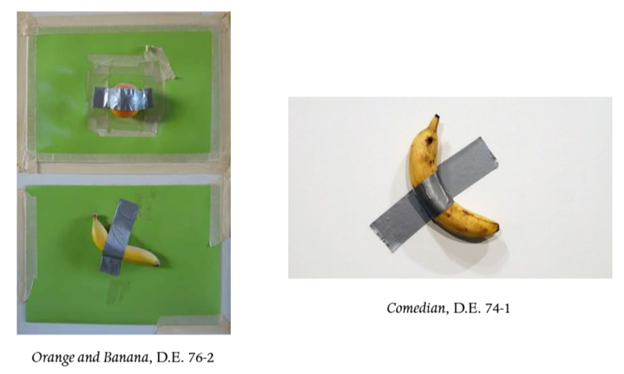The Supreme Court of the United States has agreed to review whether an internet service provider (ISP) can be liable for copyright infringement for providing an internet connection that leads to piracy. Cox Communications, Inc. v. Sony Music Entertainment, Case No. 24-171 (Supr. Ct. June 30, 2025) (certiorari granted). The questions presented are:
- Whether the US Court of Appeals for the Fourth Circuit erred in holding that a service provider can be held liable for “materially contributing” to copyright infringement merely because it knew that people were using certain accounts to infringe and did not terminate access without proof that the service provider affirmatively fostered infringement or otherwise intended to promote it.
- Whether the Fourth Circuit erred in holding that mere knowledge of another’s direct infringement suffices to find willfulness under 17 U.S.C. § 504(c).
In Sony Music Entm’t., et al. v. Cox Commc’ns, Inc., Case No. 21-1168 (4th Cir. Feb. 20, 2024), the Fourth Circuit upheld a jury verdict finding Cox liable for contributory copyright infringement, rejecting Cox’s arguments that its service was also used for lawful activity and that its contribution must amount to aiding and abetting the infringement. The Court, however, reversed the jury’s verdict of vicarious liability, finding that Cox did not profit from its subscribers’ acts of infringement and thus did not meet the legal prerequisite for that form of secondary liability.
read more

 Subscribe
Subscribe



